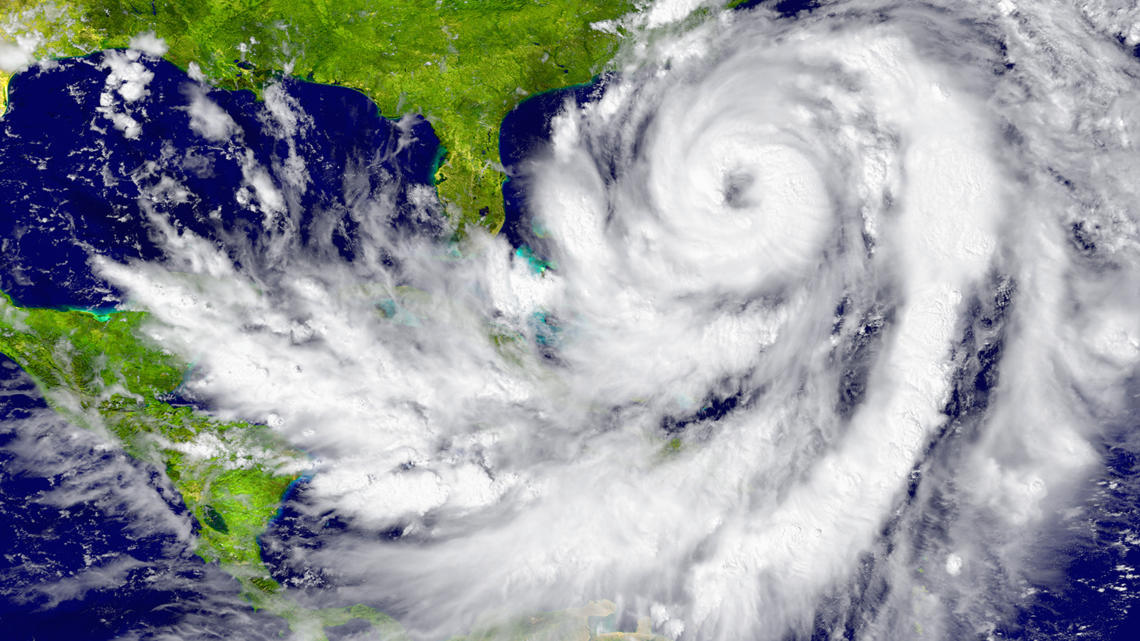It’s a hard time for science, admittedly.
We’re living in a world where nearly everyone we know carries around a tiny computer that can give you the answer to nearly anything. The power of having so much knowledge and information at your fingertips carries a truly seductive appeal – just by asking Google, we can check to see if we are “right”. And if we have a view, we can publish it, without hesitation, and people all over the world can access it immediately.
But we are also living in a “post-truth” world filled with “alternative facts”. A world where bots and boiler-rooms manipulate the information we consume on Facebook and across other media. A world where those arguing for science or reason are increasingly at risk of being out of touch with “modern reality”. A world where, as a recent study reported, climate change “contrarians” get 49 percent more media coverage than leading scientists.
What value does science have when it shares equal space with opinions, fake news, conspiracy theories, or widely held views across a community?
Science is one way that we can understand our world. Peer-reviewed, published scientific evidence proves a hypothesis – but new theories are always evolving. In other words, science offers us a window of insight that is constantly opening wider.
It’s for this reason that the scientific community hesitates to name something as a fact with absolute certainty. It often takes years of converging evidence before this can happen – for example, the Intergovernmental Panel on Climate Change (IPCC) still rates the probability that climate change is induced by human activity at “only” 99%. %. The same caution applies before relating the severity of hurricanes with global warming, despite the coincidence of Hurricane Dorian with the former months, actually June and July 2019, being the hottest ones on record for the globe. There has to be room to incorporate further data and evidence as it is discovered.
How does WBCSD apply science to its work?
So, what does that mean for a member-based organization like WBCSD, which aims to accelerate the transition to a sustainable world? How do we engage with science?
Firstly, and most importantly, we use science as a leveler. It provides a common ground where everybody understands, accepts and plays by the same rules.
Take this example: cows and sheep emit methane, which is more devastating to the atmosphere than carbon dioxide. It is 18 times more powerful in fact, on average, which is why methane emissions from livestock represent 5.7% of all human-induced emissions according to the Food and Agriculture Organization (FAO). Feed production and processing for ruminant livestock represents another 6.5%, mostly carbon dioxide.
Now, even if this conversion factor of 18 seems to vary between temperate and tropical regions, or if methane has a limited lifetime (several years) in the atmosphere, that uncertainty is by no means a reason to exclude ruminant livestock from the urgent measures we need to take to fulfill the Paris Agreement, which set a stretch target of keeping global warming to under 1.5°C.
Indeed, livestock’s climate effect (which is larger than car traffic) won’t change dramatically even if new science brings new elements to consider.
In other words, variability around science results is never an excuse to postpone or avoid business action.
Secondly, science therefore provides us with the knowledge that can help design transformation pathways for companies. It is like a North Star. If we know what we are aiming for, we can figure out how to get there.
Such transformation pathways enable companies to reach agreed targets (in which case they are called “science-based targets”), e.g. a certain reduction of greenhouse gas emissions, freshwater use or land expansion for productive activities, achieved by a certain time.
The challenges of connecting science with business
There are two key challenges that we confront when we connect science with business.
The biggest is time. Science needs time to obtain and consolidate results. It then requires time for scientific communities to reach consensus. Then it takes time for decision-makers, governments or business, to make appropriate decisions based on that consensus. And that can mean that action is slow to respond to a threat, or comes too late to have an effect, or that solutions must be even more powerful by the time they are implemented.
The second is the issue of consensus itself. A lack of consensus around a scientific result does not help decision-makers identify pathways to solving the challenges at the base of the issue. Business and governments will take their own views in this situation, ranging from complete buy-in to outright denial.
How WBCSD uses science to drive action on food and nature
The complexity of the agri-food sector and how it impacts on planetary and social issues has led WBCSD and our members and partners to innovate in this engagement between business and science.
As an example, the FReSH Science to Solutions Dialogues (SSD), conducted with EAT in 2018, prepared the food sector’s action and transformation that would result from the publication of the EAT Lancet Report 2019 on Food in the Anthropocene in 2019. A Science to Solutions Dialogue is a one to three-day event designed as a safe space for detailed conversations between science and business focused on defining specific solutions embedded in a long-term commitment to developing and implementing purpose-driven business solutions.
These FReSH SSD dialogues generated many results. They included that the scientific community needs to translate its own research for the private sector and realize that the relevance of their research is also dependent on dialogue-informing research questions. The dialogues also showed that business credibility can be improved through collaborative efforts that are made visible through outputs, collective strategy, concrete practice and trusted relationships. Lastly, they showed that bringing the two communities together shifted attitudes on science-business interaction from a compliance approach to a recognition of their true value.
The recent article of Ralf Kelle, a member of the FReSH project’s protein group, focusing on “the science behind the EAT-Lancet Report with all its limitations”, gives amazing insights on how we embrace science in principle. At WBCSD, we confront the most recent results of this report with other published literature, and we translate the most consensual parts of it into practice so that we can plot a path towards business transformation that will deliver a world where healthy people thrive on a healthy planet.
So what’s next for science and business?
There is much more to be done here – science and business must work closely together as partners on our environmental challenges. We need more dialogue to develop mutual understanding and trust. And we need a recognition that science must guide business towards solutions as much as business must guide science towards operable and actionable methods and approaches.
In total, this will help to ensure that agreed ambitions can be reached and that the corresponding efforts from business are widely recognized and valued.
Together, we can aspire to the common goal of accelerating the transition to a sustainable world.








